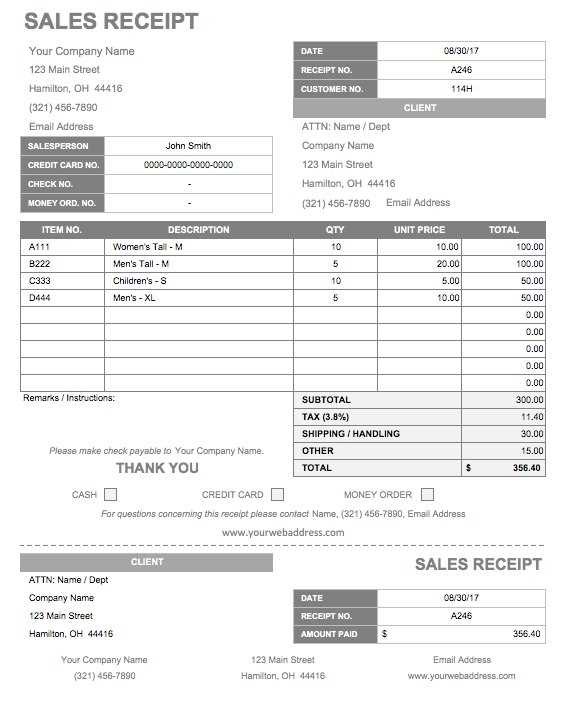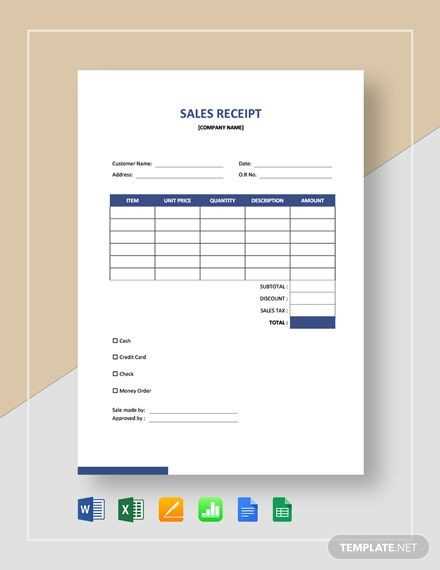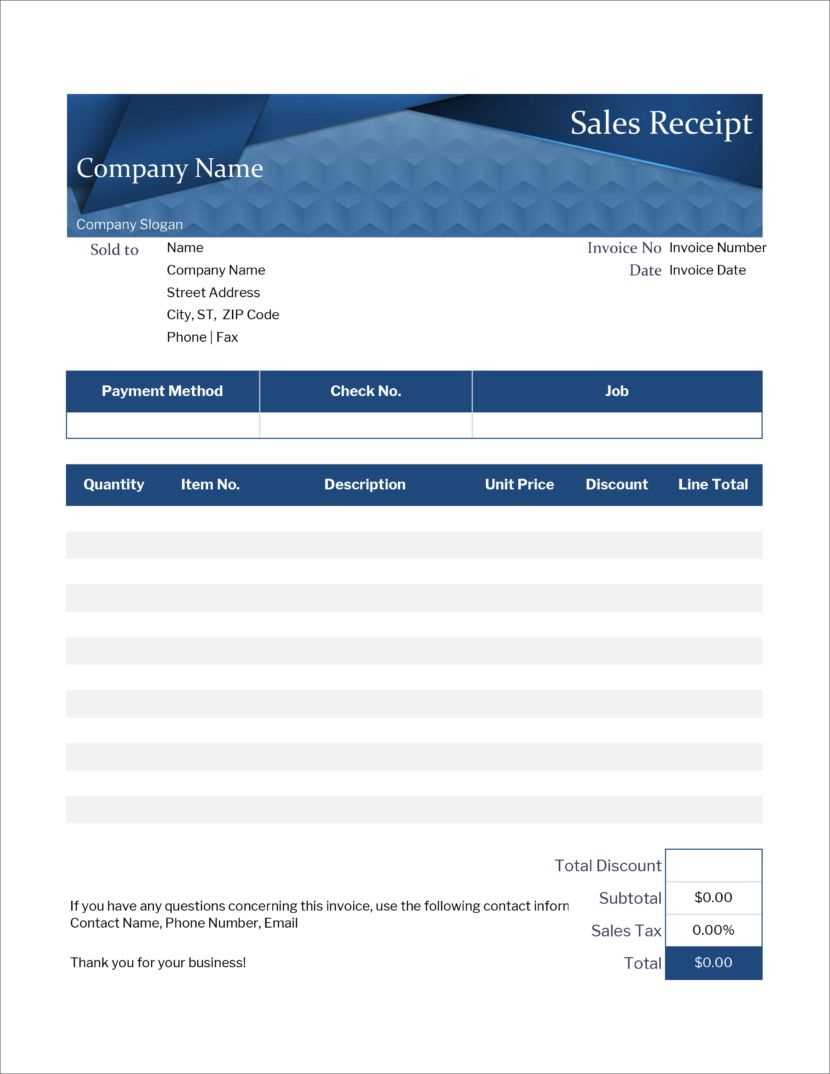
Creating a professional RV sales receipt template saves time and ensures all necessary details are captured. Make sure your template includes the buyer’s information, transaction date, RV model, price, and payment terms. Clearly list any warranties or return policies for transparency.
Begin with buyer details: Include their full name, address, and contact information. This establishes a clear record for both parties.
Transaction information: The receipt should state the purchase date, along with a detailed breakdown of the RV’s cost, including any taxes or additional fees. Add payment methods to avoid confusion.
Don’t forget to add your signature and the dealership’s information. This small but crucial detail formalizes the transaction and offers accountability.
RV Sales Receipt Template Guide

Make sure your RV sales receipt is clear and contains all necessary details to avoid future confusion. Start by including the buyer and seller’s full names and contact information at the top. List the RV’s make, model, year, and Vehicle Identification Number (VIN) for accurate identification. This helps both parties verify the RV’s details for record-keeping.
Specify the agreed purchase price and the payment method–whether it’s cash, check, or financing. Include the exact date of the transaction and any deposits made before the sale. If there are any additional fees, such as taxes or delivery charges, be sure to break them down clearly to prevent misunderstandings.
For transparency, include a section about warranties or the absence of one. If the RV comes with any guarantees or maintenance agreements, specify their terms. Otherwise, state that the sale is “as is,” with no warranties implied.
Ensure both parties sign and date the receipt. The buyer should receive a copy for their records. This simple yet effective receipt can protect both the buyer and seller from any potential issues in the future.
How to Create a Custom Sales Receipt

Use a clear, structured layout when designing your sales receipt. Make sure to include the business name, address, and contact information at the top. This ensures that your customers can easily identify where the receipt originated from. Include a unique receipt number to keep track of transactions and avoid confusion later on.
Include Transaction Details

Detail the products or services purchased, along with their quantities and prices. Itemize all charges clearly to prevent misunderstandings. Don’t forget to include the tax rate applied to the sale and the total amount paid. It’s important to specify the payment method, whether it was cash, credit card, or another form of payment.
Provide Terms and Refund Information
Include terms related to returns or exchanges, if applicable. This helps manage customer expectations. A brief note about refund policies or warranty information can prevent future disputes and provide peace of mind for the buyer.
Key Information to Include in Your Template
Include the business name and contact details at the top. This provides customers with immediate access to your contact information in case they need support or have inquiries.
Clearly state the date of the sale. This is necessary for record-keeping and helps both parties track the transaction.
Include itemized details of the product or service being purchased. List each RV or accessory with its respective quantity, description, and price. This ensures clarity for both parties about what was sold.
Specify payment method and total amount due, including any taxes or fees. This helps avoid misunderstandings and provides transparency about the full cost.
Don’t forget to include warranty or return information, especially for RVs or accessories that come with a guarantee. This gives the buyer peace of mind and clarity on how to proceed if they encounter issues.
Lastly, include a signature section where both parties can confirm the transaction. This adds a level of formality and helps avoid disputes later on.
Legal Requirements for RV Sales Receipts
Ensure that your RV sales receipt includes the following key elements to comply with legal requirements:
- Seller’s Information: Clearly list the seller’s full name, address, and contact details. This ensures transparency and accountability.
- Buyer’s Information: Include the buyer’s full name and address. This helps identify the transaction and establish ownership.
- RV Details: Provide a thorough description of the RV, including the make, model, year, VIN (Vehicle Identification Number), and odometer reading at the time of sale.
- Sales Price: Clearly state the agreed purchase price, including any taxes, fees, or additional charges. This ensures clarity in financial terms.
- Date of Sale: Specify the exact date the transaction took place. This is important for legal and warranty purposes.
- Signatures: Both the seller and the buyer should sign the receipt. This signifies the agreement and formalizes the sale.
Depending on your jurisdiction, additional requirements may apply, such as including any warranties or disclaimers associated with the RV. Always check local regulations to confirm that your receipt is fully compliant with state or federal laws.


